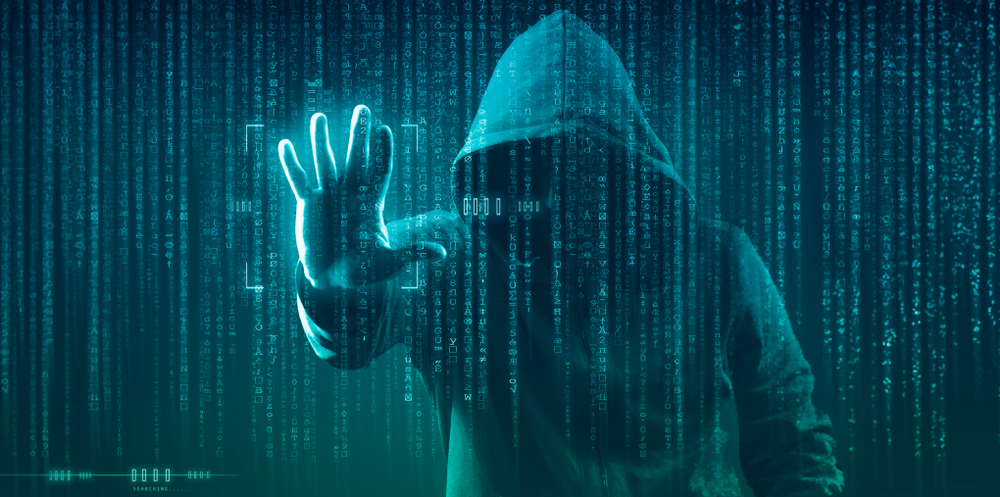The ongoing battle between law enforcement agencies and cybercriminal organizations has seen some decisive moments this year, particularly with the recent seizure of millions in Bitcoin linked to the Chaos ransomware group. The FBI’s Dallas division has made headlines following their successful operation against one of the group’s members, who is believed to have orchestrated numerous ransomware attacks, affecting various victims across the United States and beyond.
FBI’s Seizure of Bitcoin
On April 15, 2025, the FBI seized approximately 20.29 Bitcoin, valued at nearly $2.4 million, from a cryptocurrency address associated with a member of the Chaos group, known only by the pseudonym “Hors.” The seizure occurred as part of a broader initiative to combat ransomware proliferation and cybercrime, which have surged in recent years due to increased reliance on digital infrastructure. The FBI Dallas announcement highlighted that this action is part of their continued commitment to disrupting financial channels of cybercriminals, with the funds being linked to multiple attacks against various victims in the Northern District of Texas and other regions [FBI Dallas].
The Chaos Ransomware Group
Emerging in February 2025, the Chaos ransomware group has quickly made a name for itself in the cybercriminal underworld, believed to be an offshoot of the notorious BlackSuit ransomware gang. Developers of the Chaos ransomware-as-a-service platform, which can infect various operating systems including Windows, Linux, ESXi, and NAS devices, offer clients a sophisticated software package that emphasizes high-speed encryption and robust security measures [Cisco Talos].
Ransomware from Chaos typically encrypts files on the victim’s system and appends the “.chaos” file extension, all while masking the encryption process. Victims are then presented with a ransom note that falsely claims to have conducted a security test that successfully compromised their systems. This deceptive approach adds an extra layer of intimidation, making victims believe they have no choice but to comply.
- Double Extortion Strategy: Members of Chaos often employ a double extortion tactic, which not only demands payment for decryption but also threatens to disclose stolen data unless the ransom is paid.
- Contact Process: Notably, Chaos does not provide initial payment instructions directly. Instead, they issue a Tor onion URL where victims can initiate contact.
- DDoS Threats: If victims do not pay the ransom, attackers will threaten to conduct Distributed Denial of Service (DDoS) attacks on their public-facing services and threaten to leak sensitive data.
The Implications of the Seizure
The FBI’s recent seizure illustrates a broader trend in law enforcement’s approach to tackling cybercrime. The reliance on cryptocurrencies, often viewed as a means for cybercriminals to conduct illicit activities with some degree of anonymity, has proven to be a double-edged sword. While ransomware groups may believe that cryptocurrency transactions afford them a secure cover, law enforcement’s increasing capabilities in tracing and seizing these assets challenge such perceptions.
As the FBI and other global law enforcement agencies adapt their strategies in the face of evolving cyber threats, the Chaos group’s operations may face significant disruptions. In a recent statement, the FBI underscored the importance of investigating cryptocurrency transactions and their role in funding ransomware activities, thereby strengthening their resolve to dismantle such criminal networks.
Market Reactions to Ransomware Trends
The rise of ransomware groups like Chaos has compelled organizations and businesses to rethink their cybersecurity strategies. According to a recent report by cybersecurity firm Cybersecurity Ventures, the global cost of ransomware attacks is projected to reach $20 billion in 2025, which underscores the urgency of combatting these threats [Cybersecurity Ventures].
Many companies are investing heavily in advanced security frameworks and incident response plans, realizing that the cost of ransomware attacks can be crippling, not just in terms of ransom payments but also through operational downtimes and reputational damage. This heightened awareness has led to curated cybersecurity training for employees and implementing robust data backup solutions, as organizations strive to mitigate the risks associated with ransomware.
As seen with the FBI’s actions against the Chaos ransomware group, the tide is beginning to turn in favor of those combating cybercrime. With continued collaboration between law enforcement agencies and private sector partners, the completion of operations like the seizure of Bitcoin from criminal enterprises is a positive indicator of progress in this ongoing battle.
Ultimately, the confrontation between cybercriminal organizations and authority figures is far from over, and the evolving landscape of cryptocurrency and ransomware means that vigilance and proactive measures are more crucial than ever.

